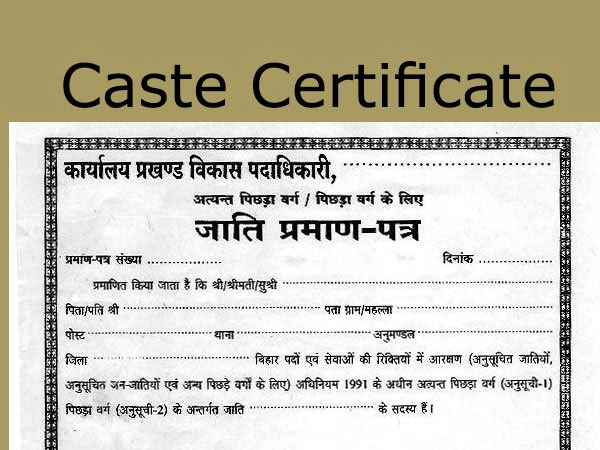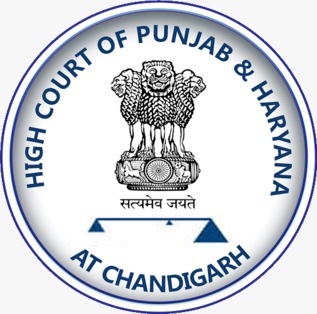K.T. Thomas, Actg. C.J.
1. Appellants are husband and wife. Some of the properties of the appellants were ordered to be forfeited to the Central Government under the provisions of the Smugglers and Foreign Exchange Manipulators (Forfeiture of Property) Act, 1976 (for short ''Safema''). The said action of the authorities is being challenged by the appellants in the Original Petition filed under Article 226 of the Constitution. But learned single Judge dismissed the Original Petition. This appeal is hence filed.
2. Appellants have raised alternative contentions. One of them was that the provisions of SAFEMA are ultra vires to the Constitution. But with the pronouncement of the decision by a 9 Judges Bench of the Supreme Court in
3. Facts in brief are these: First appellant, who is the husband of the second appellant, was detained under Conservation of Foreign Exchange and Prevention of Smuggling Activities Act, 1974 (COFEPOSA) from 16-8-1975 to 24-3-1977. The competent authority issued a notice u/s 6 of the SAFEMA to both appellants to show cause why three items of immovable properties and some cash should not be declared as illegally acquired properties and are hence liable to be forfeited to the Central Government on the ground that those properties were acquired by means of income derived from activities prohibited by law. Both appellants submitted their replies. The competent authority appointed under SAFEMA, after considering the explanation of the appellants, orders those properties to be forefeited to the Central Government after declaring that those properties were illegally acquired.
4. Appellants preferred a statutory appeal before the appellate tribunal constituted u/s 12 of SAFEMA. By Ext. P5 order, the appellate tribunal accepted the explanation of second appellant in respect of one of the items of urban properties and released the same from forfeiture. However, the appellate authority confirmed the order of forfeiture in regard to the remaining three items. It is the said part of Ext. P5 which has been challenged by the appellants in the original petition.
5. Learned counsel for the appellants submitted at the outset that he is pressing his contentions only as regards two items of garden land (the other third item is only a small amount of cash).
(i) A garden land having an extent of 1.7 acres acquired by the first appellant on 29-11-1973 for a consideration shown in the document as Rupees 15,500/-. .
(ii) A garden land of 58 cents which the second appellant purchased on 21-5-1974 for Rupees 20,000/-.
6. Both the above properties are urban lands situated within the limits of Calicut Corporation. According to the first appellant, he had made lawful earnings out of his watch repair works and he had made some savings from the income derived through sale of coconuts collected from his other garden land and the sale consideration needed for the first item was made up. According to the second appellant, she could make some earnings from her own business and she added to it what her father provided. Thus, the sale consideration needed for acquiring the second item was made up.
7. Appellate tribunal, which accepted the explanation of the appellants in regard to another urban land acquired during the relevant period, was not persuaded to accept the explanation for the remaining two items of immovable properties. Appellate tribunal pointed out that the meagre income of the first appellant derived from watch repair work as well as the income from the coconut trees has to be utilised for the expenses of the family of the appellants which is a large family. There is no dispute that appellants'' family consists of themselves and their 7 children. They adopted a contention that the family expenses were met by the father-in-law of the first appellant. The appellate tribunal pointed out that the said father-in-law was only a retired teacher and his pension as well as a small amount which he was gelling every month out of his work as Imam of a mosque was too meagre for his own expenses.
8. Section 8 of SAFEMA casts burden of proof on the person affected to show that any property specified in the notice served u/s 6 is not illegally acquired property. Learned counsel contended that in the light of the Constitution Bench decision in Attorney General for India v. Amratlal Prajivandas (cited supra) the burden on the second appellant will stand discharged by saying that she acquired the property not with the money provided by her husband, the detenu.
9. SAFEMA was enacted y Parliament to provide for forfeiture of illegally acquired properties of smugglers etc. The expression "illegally acquired property" has been defined in Section 3(a) as a property, in relation to any person to whom the Act applies. "illegally acquired property" means any property acquired by such person "wholly or partly out of or by means of any income" attributable to any act prescribed by law. Persons to whom the Act applies are enumerated in section 2. They include every person in respect of whom an order of detention has been made under the COFEPOSA and every person who is a relative of him. The word "relative" includes the spouse of the person. There is, therefore, no dispute that appellants are person to whom SAFEMA applies, Section 9 provides that where the competent authority makes a declaration u/s 7 that a property would stand forfeited to Central Government, it shall make an order giving an option to the affected person to pay, in lieu of forfeiture, a fine equal tone and one-fifth the value of such part of the income with which the property was acquired. Section 9 applies only when a competent authority makes a declaration that the property stands forfeited and it is a case where the source of only a part, "being less than one half of the income, earnings or assets with which such property was acquired has not been proved to the satisfaction of the competent authority". In other words, where the competent authority takes the view that the property forfeited was acquired entirely with the income derived through prohibited activities, Section 9 has no application.
10. This is a case where neither the competent authority nor the appellate tribunal has entered upon a finding that only a part of the source which is less than one-half of the sale consideration is the income derived from activities prohibited by law. Learned counsel contended that the authorities should have considered and entered upon a finding whether option should have been given to the appellants of not. According to us, the question of option would arise only when there is a positive finding regarding the primary aspect. Authorities are hence not obliged to give any option to the concerned person unless they have reached a finding that income from smuggling was used only to make up less than half the sale consideration.
11. Learned counsel for the appellants made an endeavour to show that the income of the appellants form Private sources was enough to raise the sale consideration used for acquiring the two items of properties. The fact finding authorities have considered in detail the above aspects and reached a finding adverse to the appellants. The contention that the family expenses were met by the father-in-law of the first appellant was repelled by the appellate tribunal which assessed the entire income of the said father-in-law and pointed out that he himself had to maintain his own family with such a meagre income. The burden is entirely on the appellants to prove that the income which the first appellant derived from smuggling activities had not been used for acquiring the land. Such burden would not be discharged by merely saying that his father-in-law was meeting all his domestic expenses and so his own income entirely became saving. The said contention was totally unacceptable to the fact finding authorities. We are not persuaded to interfere with the finding.
In the result, we dismiss this appeal.

